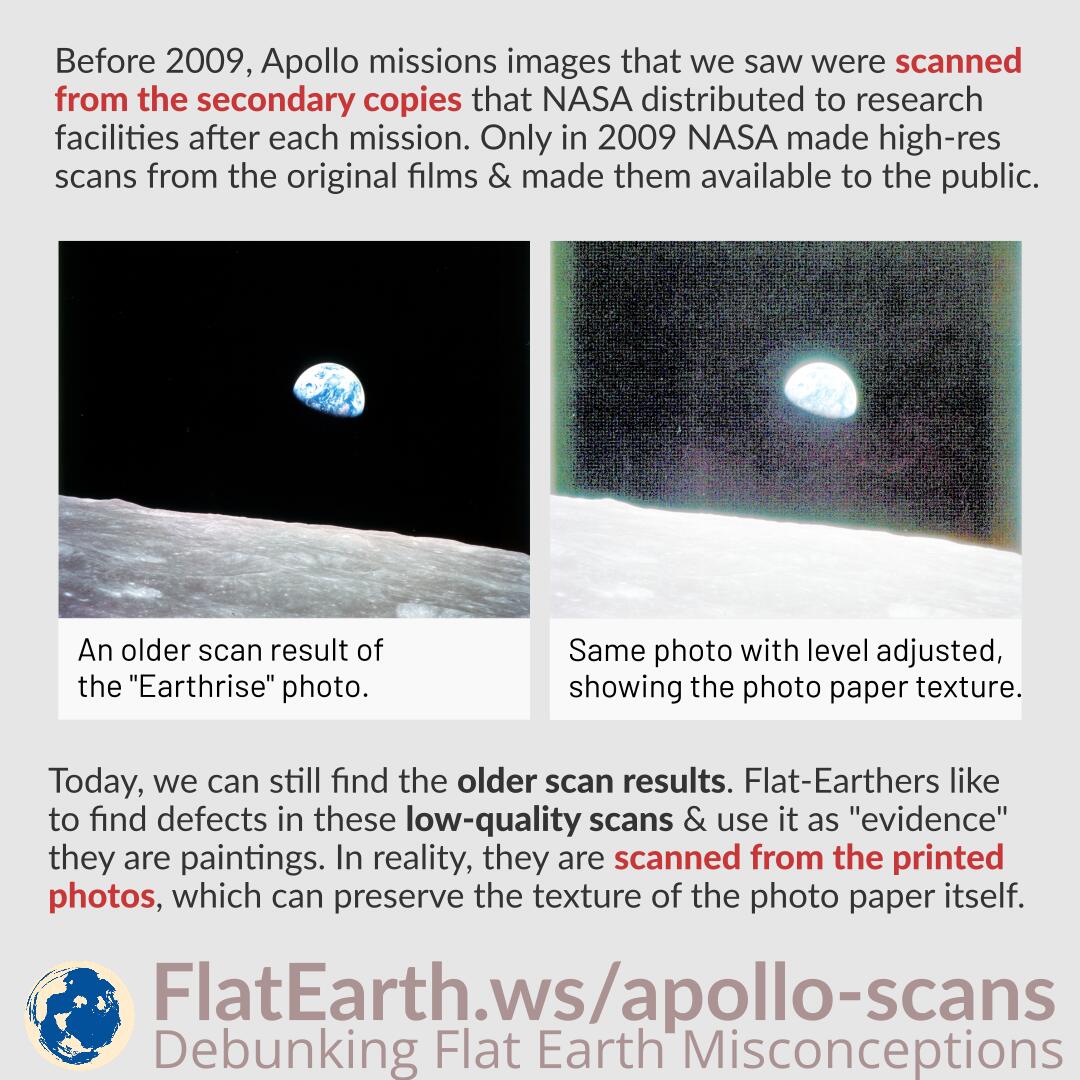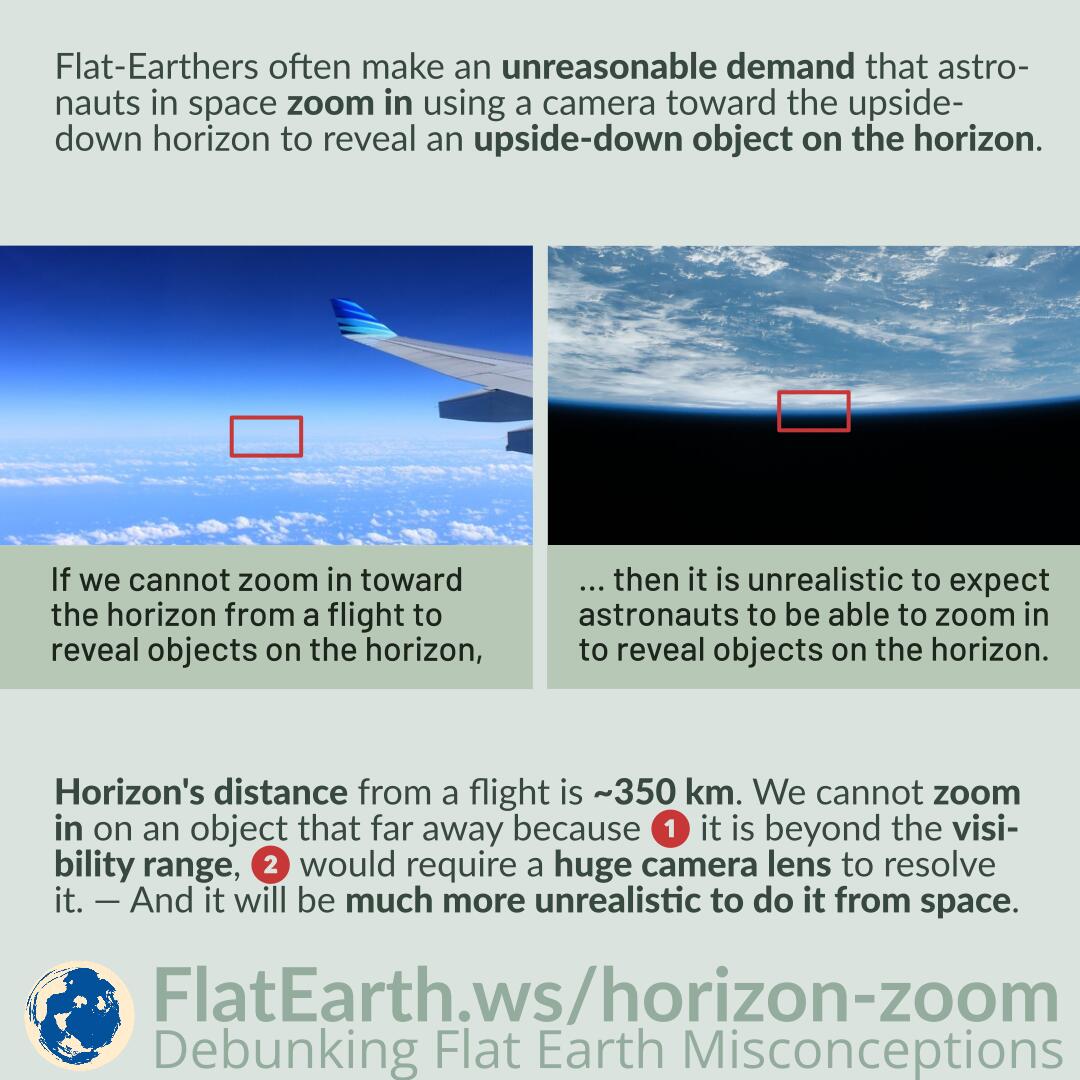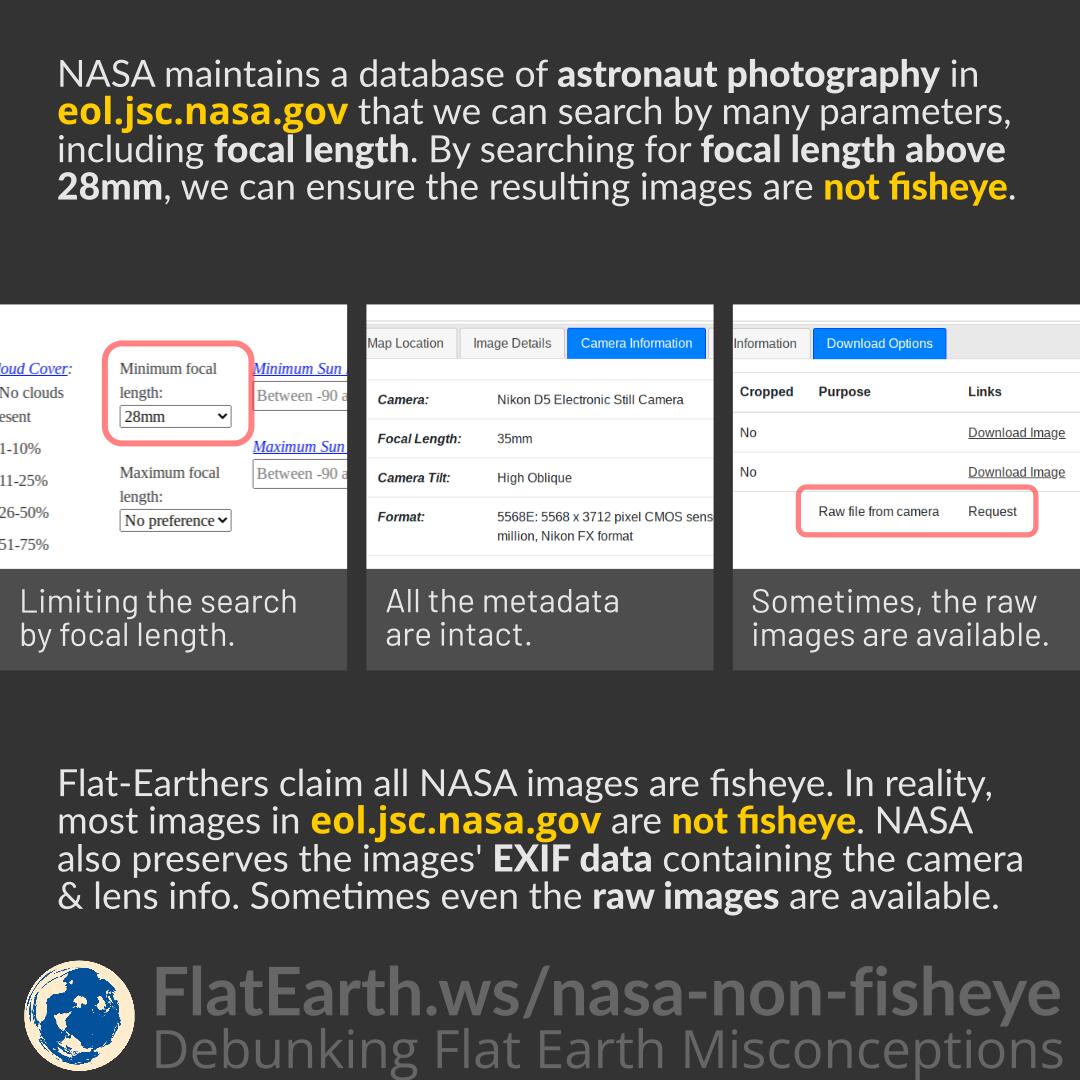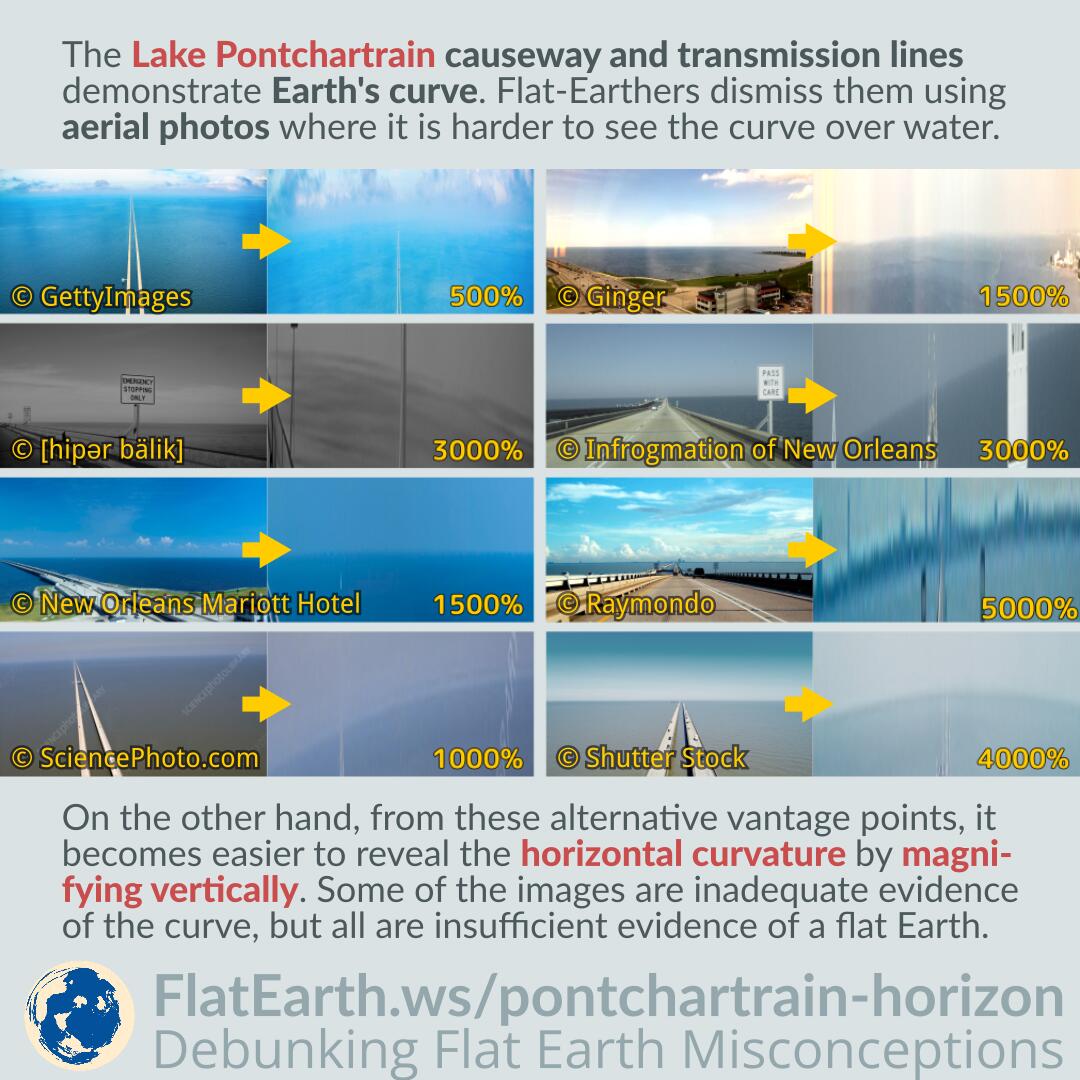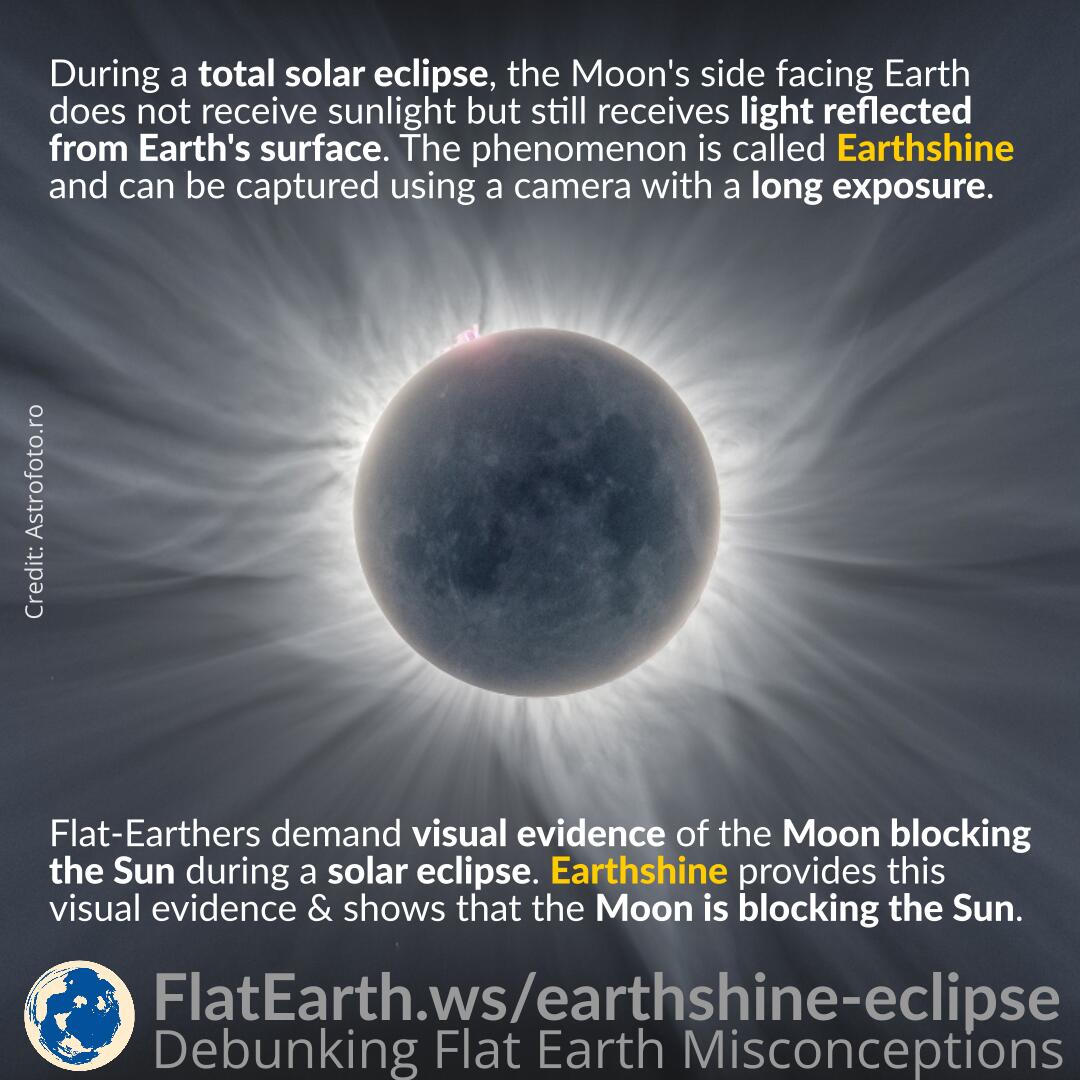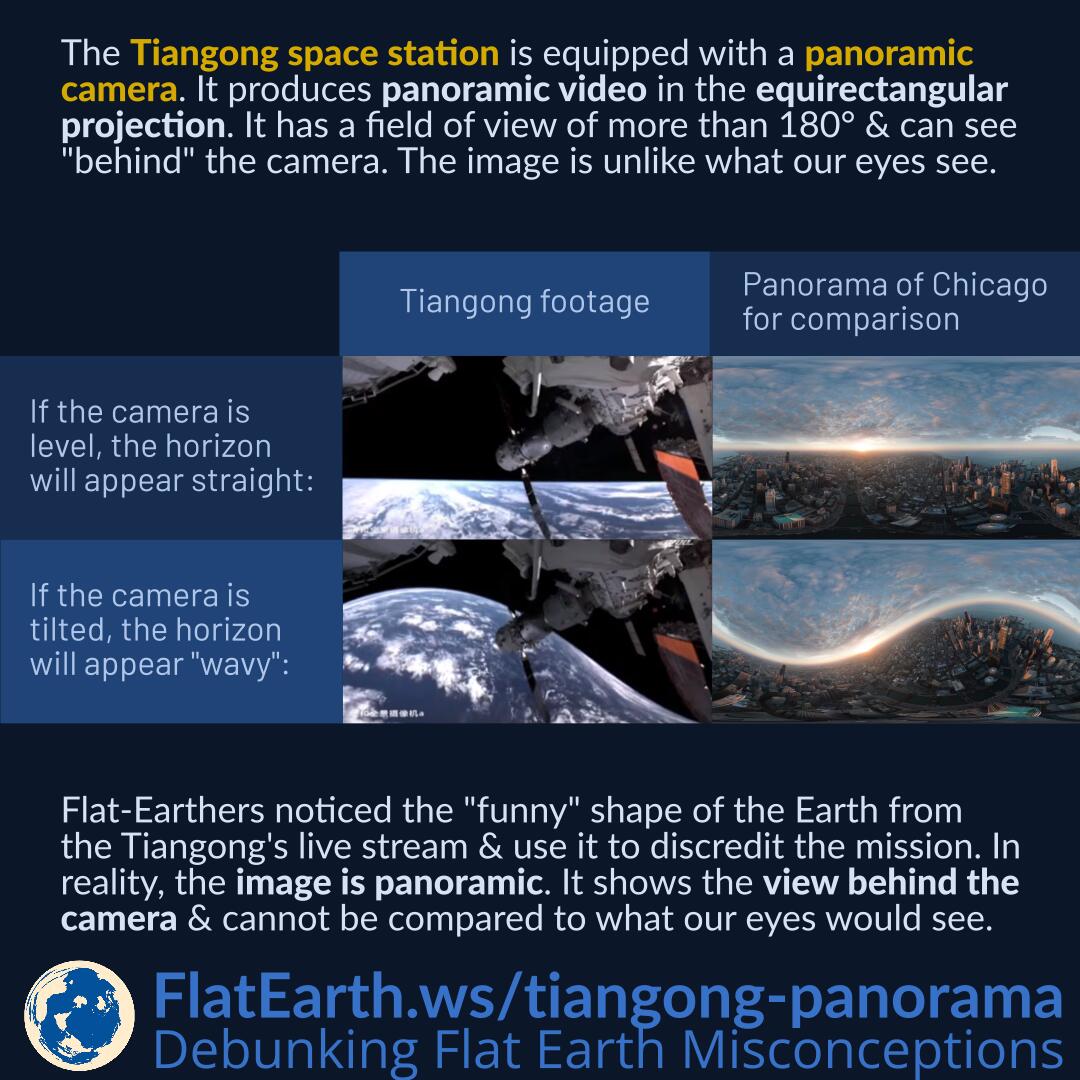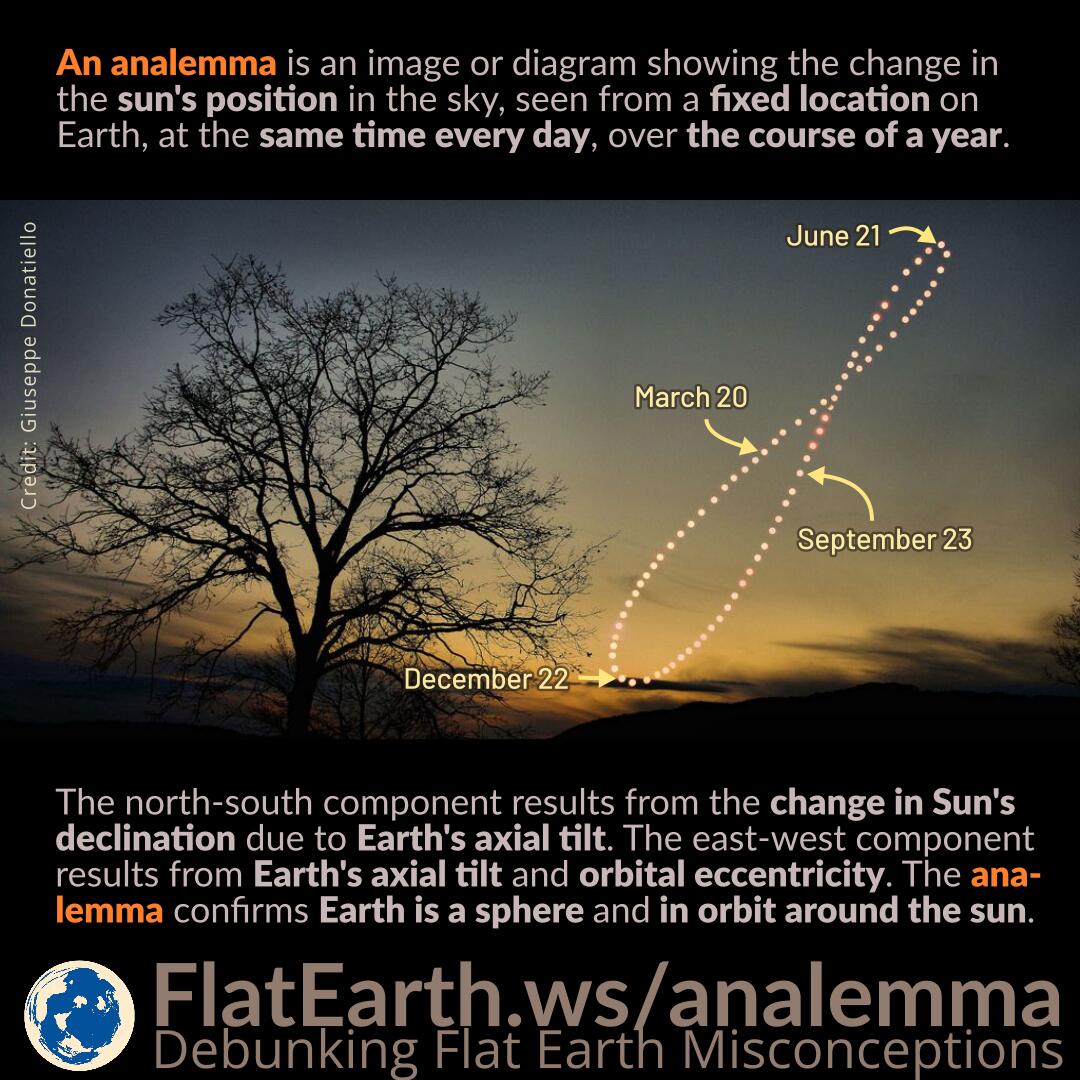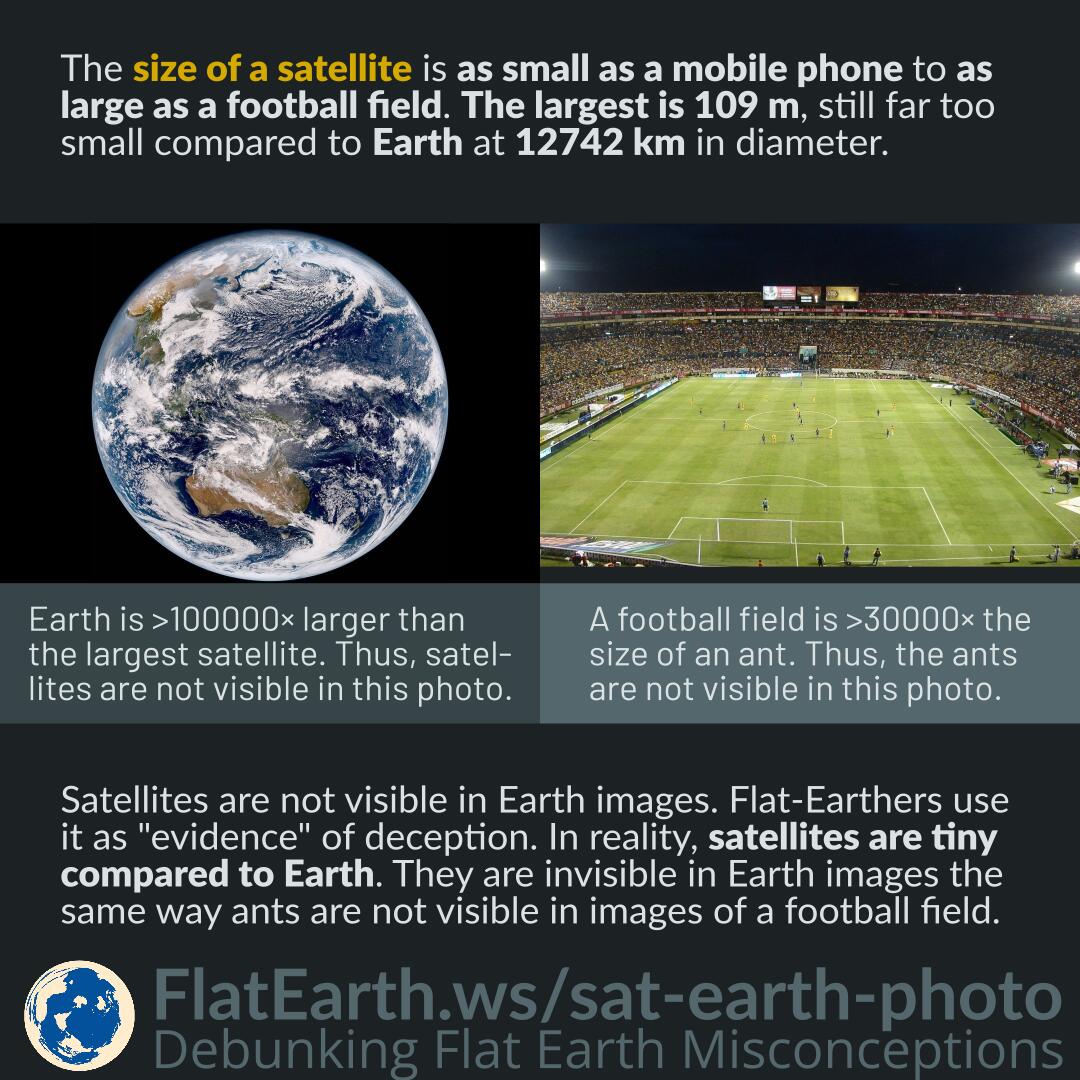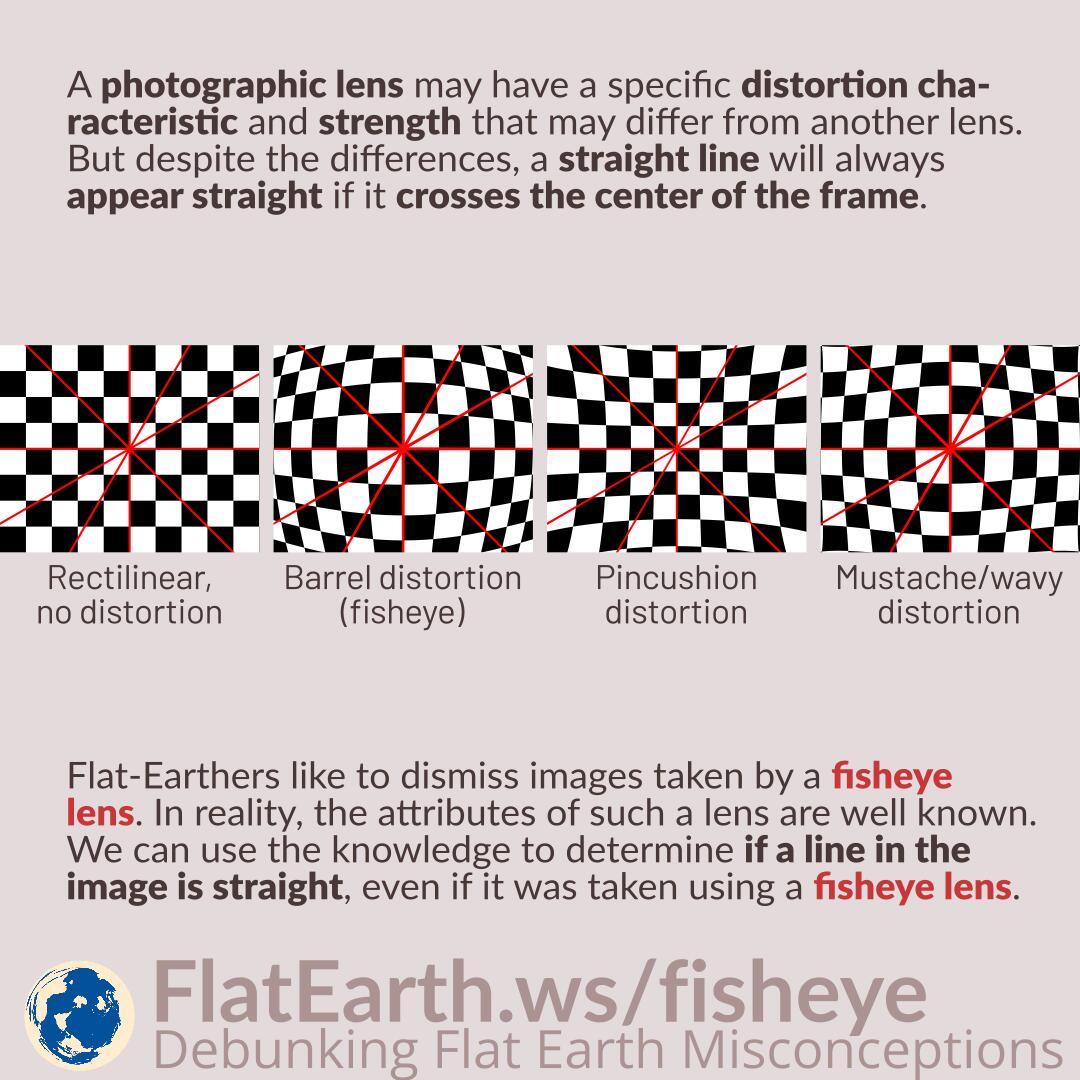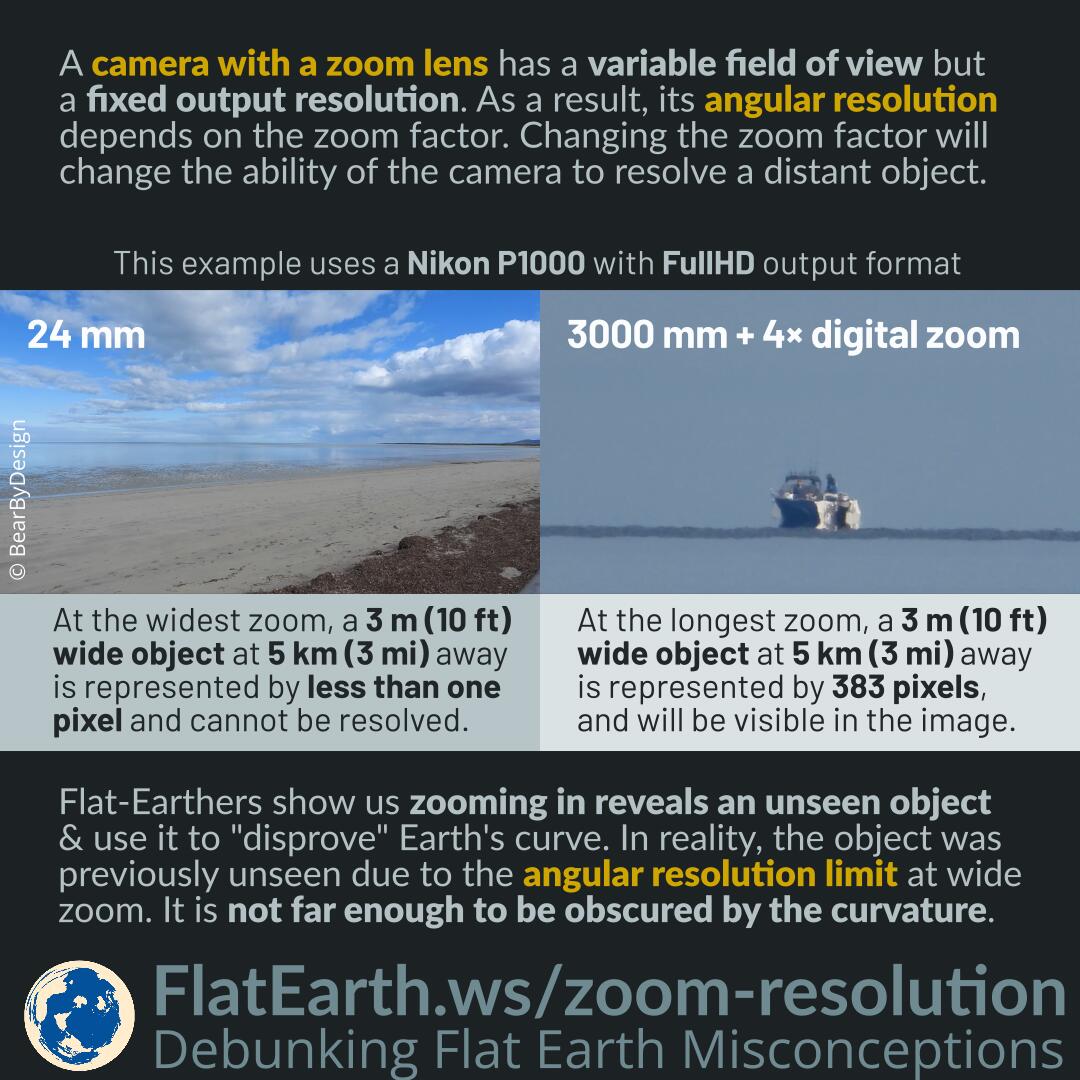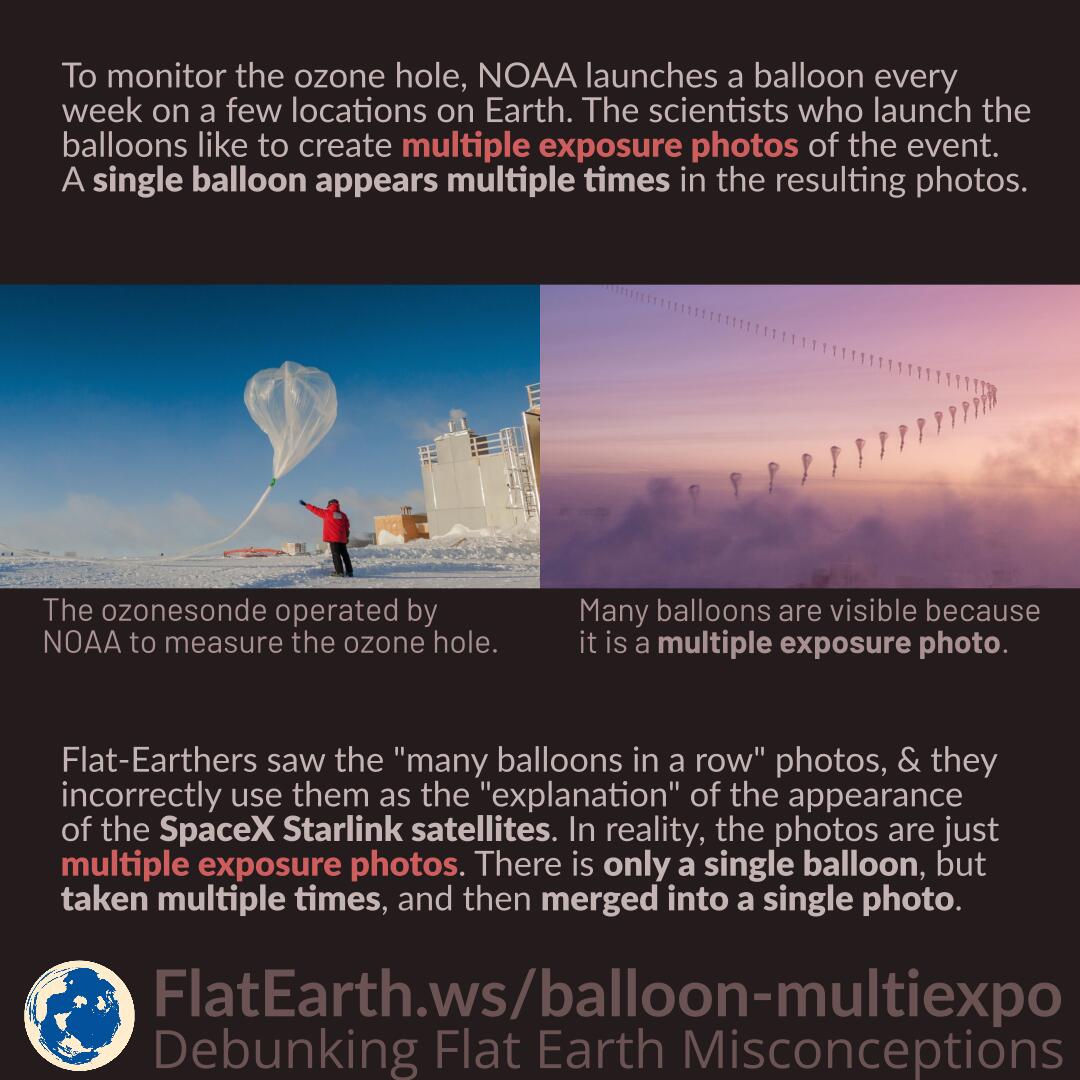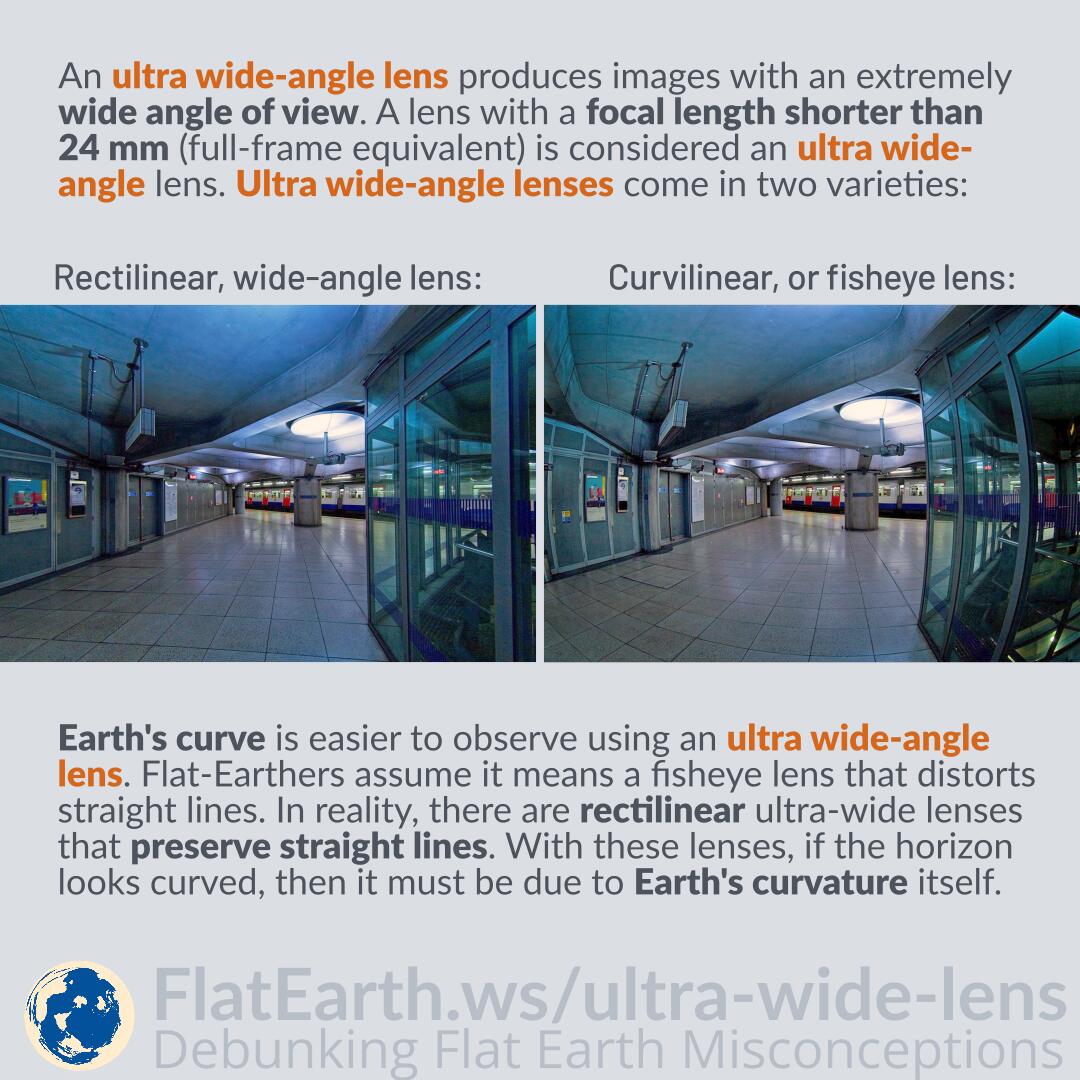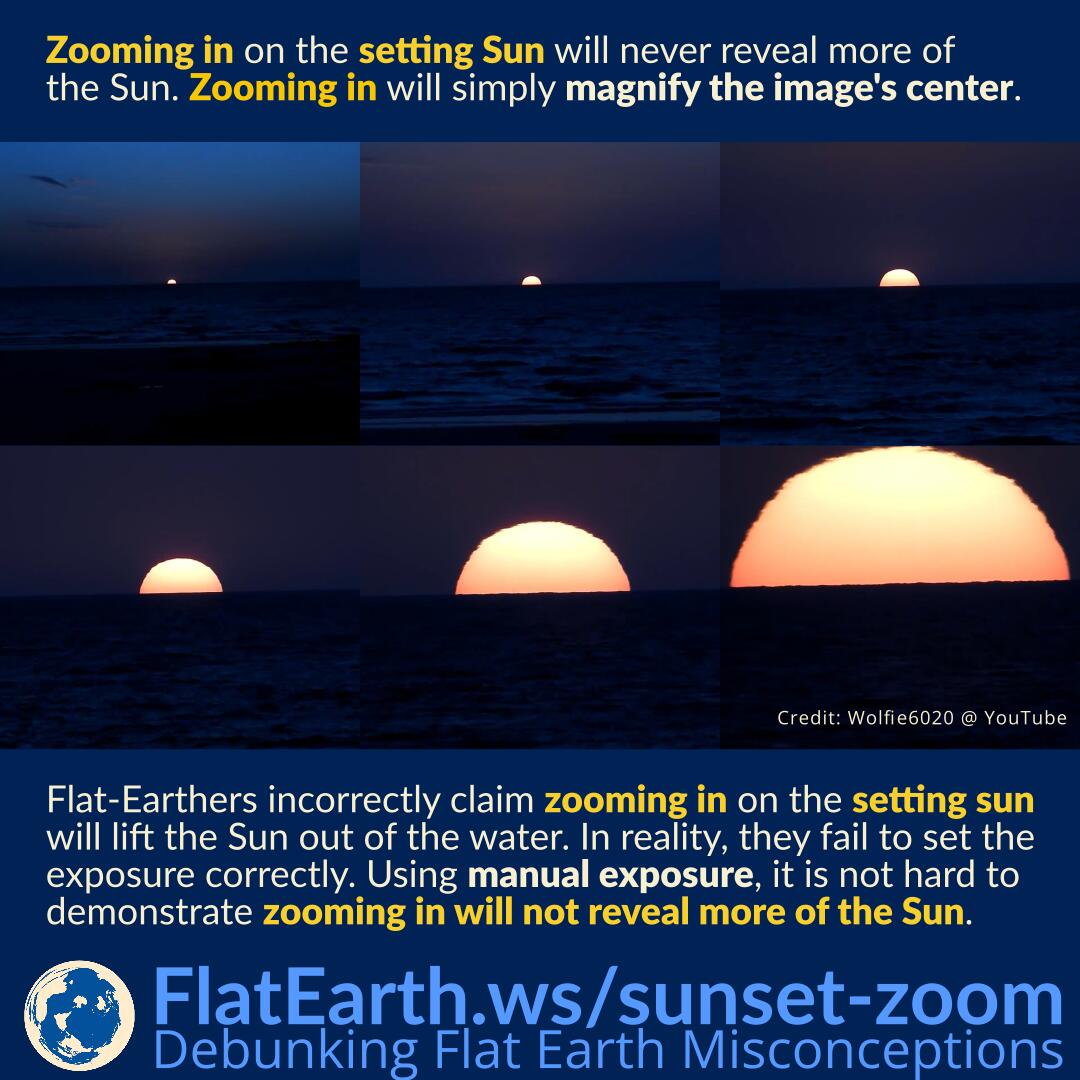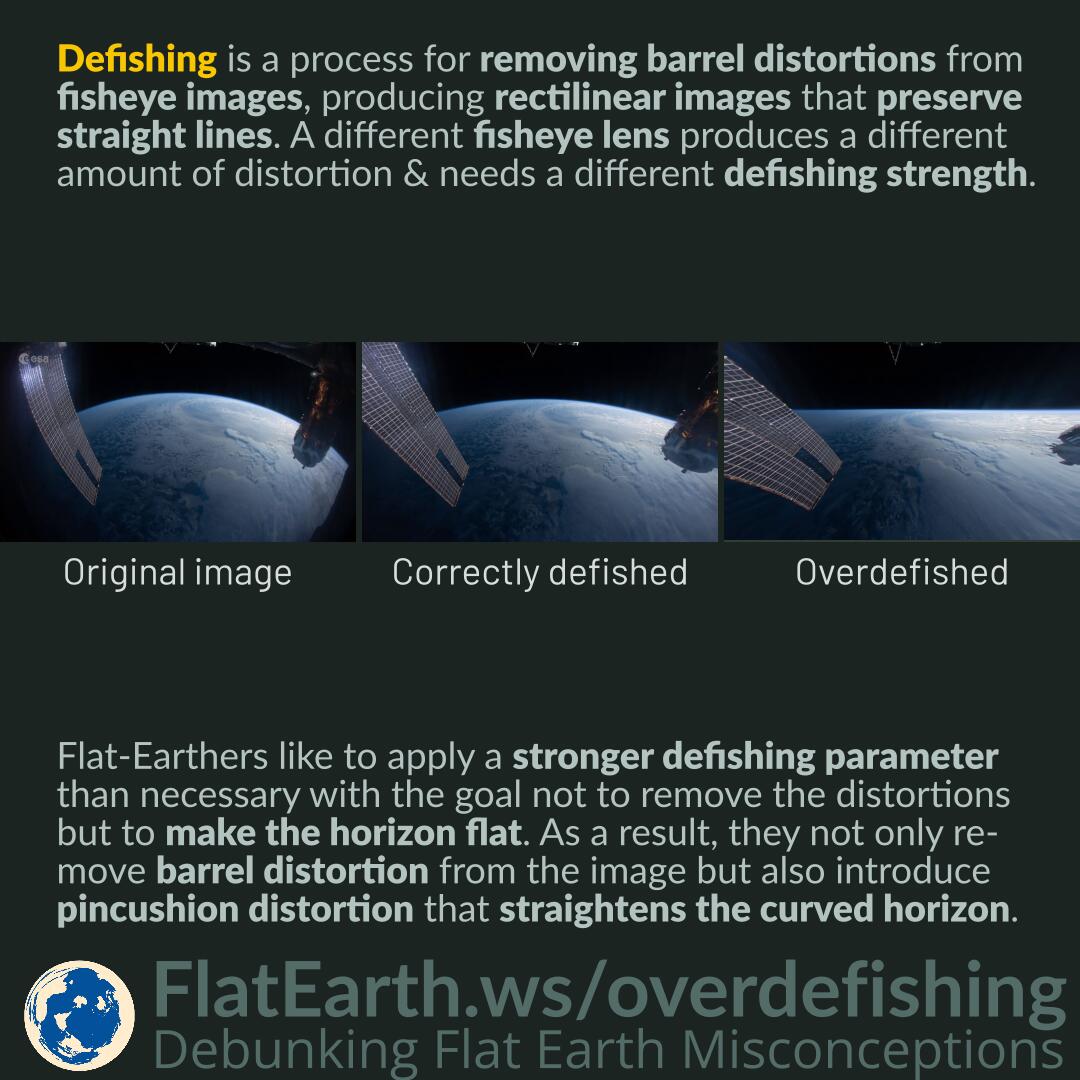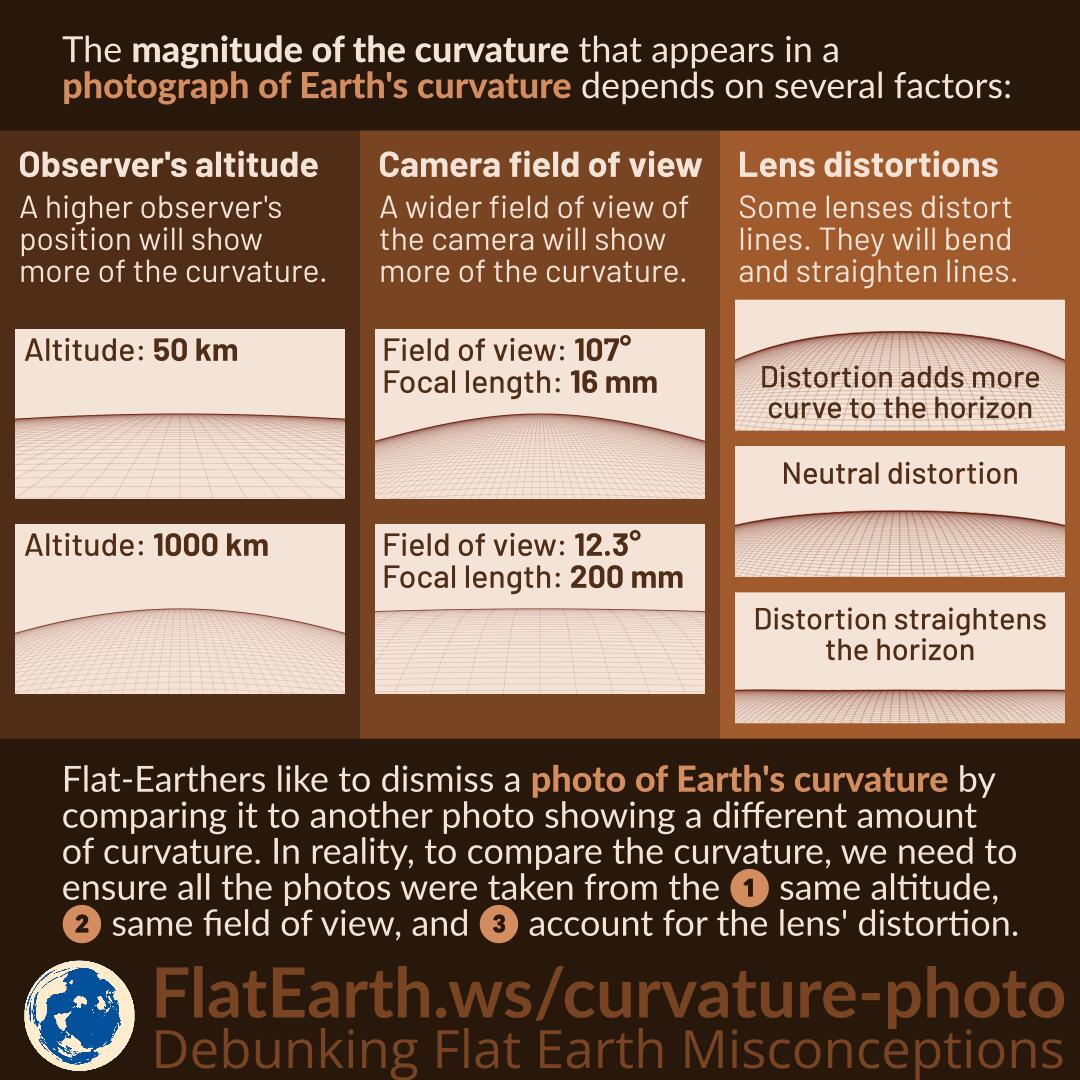Before 2009, Apollo missions images that we saw were scanned from the secondary copies that NASA distributed to research facilities after each mission. Only in 2009 NASA made high-resolution scans from the original films & made them available to the public.
Today, we can still find the older scan results. Flat-Earthers like to find defects in these low-quality scans & use the fact as “evidence” they are just paintings. In reality, they are scanned from the printed photos, which can preserve the texture of the photo paper itself.
Continue reading “Digital Scans of Images From the Apollo Missions”


